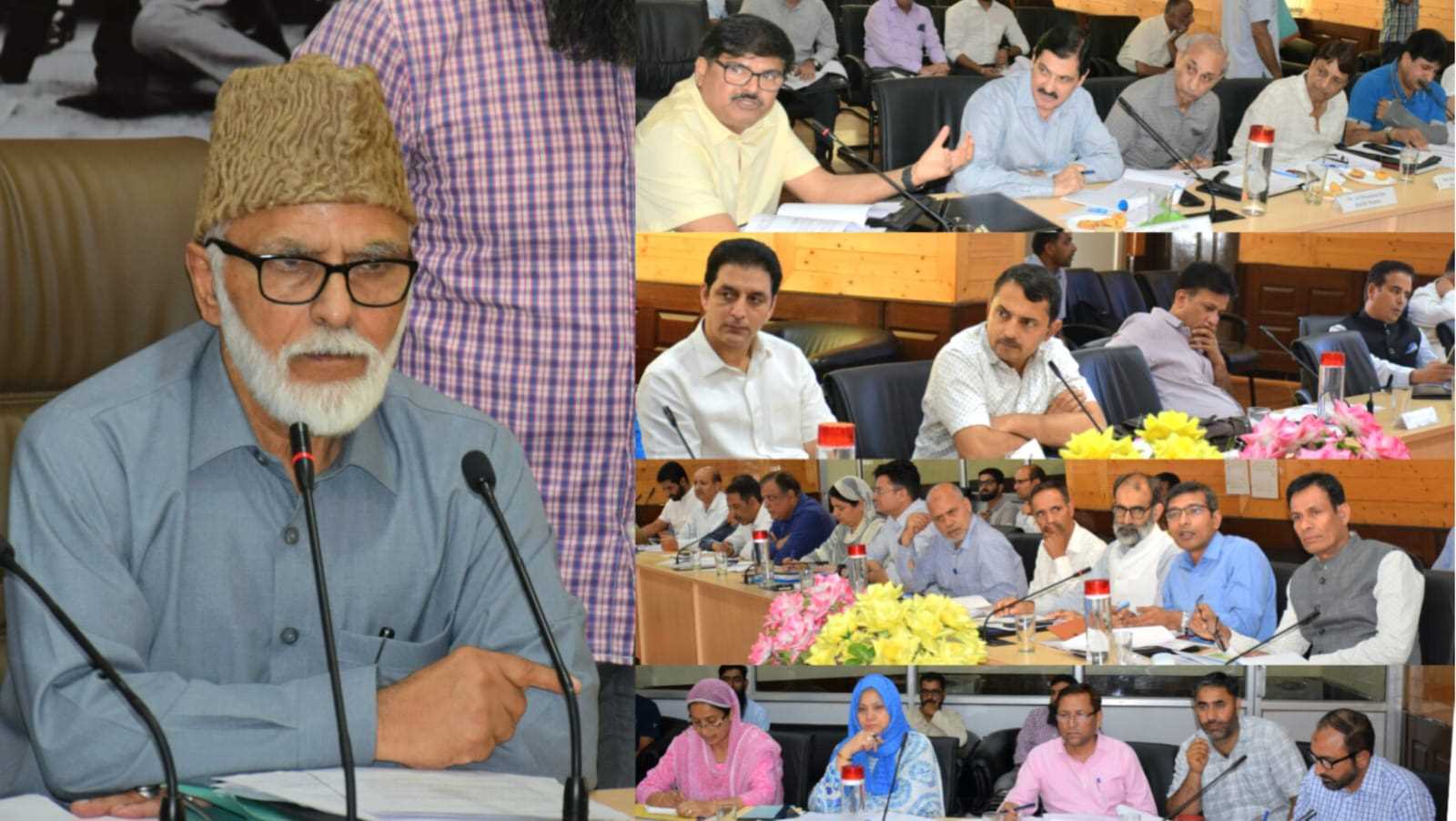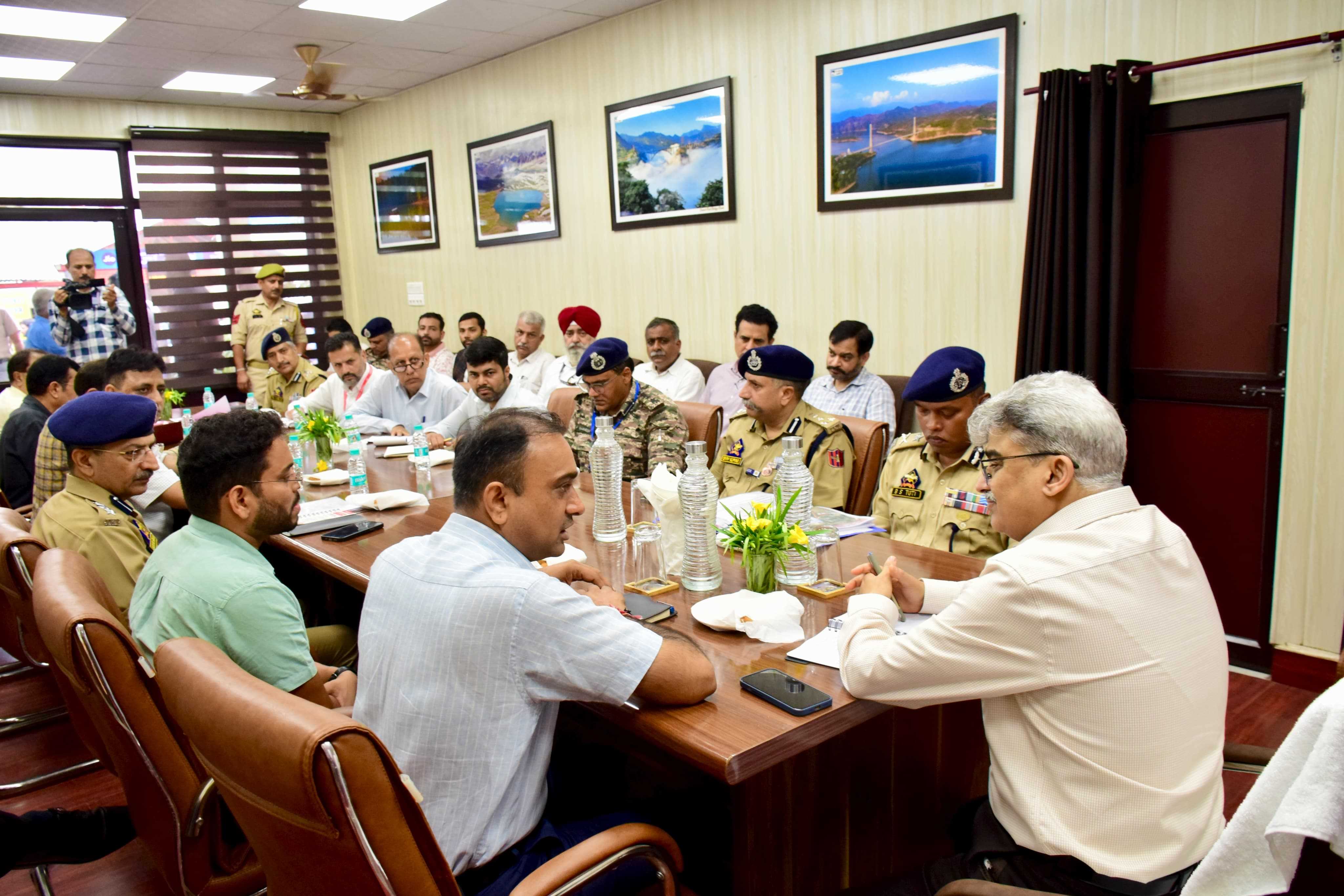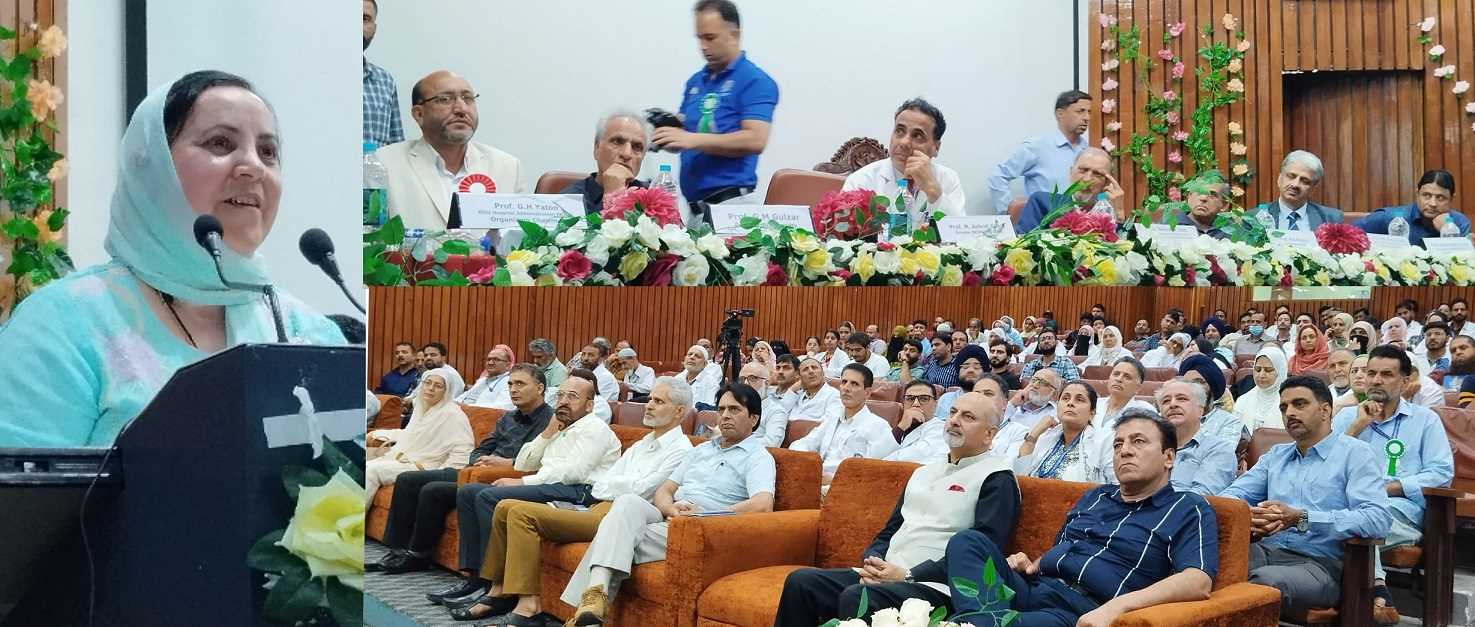Highways are often regarded as the lifeline of a nation, enabling seamless movement of people and goods, and fostering economic growth. However, the Jammu-Srinagar National Highway (NH-44), particularly the stretch between Ramban and Banihal, tells a different story. This critical section has become notorious for its poor condition, frequent landslides, and routine closures - especially during the rainy season - causing immense hardship to commuters and disrupting connectivity in the region.
The Jammu-Srinagar National Highway, one of the most crucial lifelines connecting the Kashmir Valley with the rest of the country, has unfortunately turned into a perilous route where tragic road accidents are becoming an all-too-frequent occurrence. On almost every alternate day, the newspapers report grievous incidents involving loss of life and property. The frequency of these mishaps has made this vital highway a corridor of sorrow and anguish for hundreds of families. It is not just a matter of news anymore; it is a burning issue that demands immediate and sincere intervention from the authorities. Thousands of vehicles, including trucks carrying essential supplies, buses with passengers, private cars, and commercial SUVs, ply this route every day.
This constant movement underscores the strategic and economic importance of the highway. Yet, despite its significance, the condition of the road remains far from satisfactory. The stretch between Ramban and Banihal, in particular, is a cause for grave concern. The road surface is battered and broken in many areas, riddled with potholes, narrow curves, and makeshift repairs that cannot withstand even a brief spell of rain. For the drivers, every journey on this part of the highway is fraught with uncertainty, risk, and anxiety.
The geographical terrain of the Ramban-Banihal stretch only adds to the difficulty. Surrounded by steep hills, deep gorges, and fragile slopes, the region is naturally susceptible to landslides and shooting stones, especially during the monsoon and winter seasons. The menace of shooting stones has already claimed numerous lives, particularly of truck and bus drivers who brave these conditions every day to keep the supply chain moving. These unpredictable falling rocks descend from the hillsides without warning, and in many cases, have led to instant fatalities.
The authorities have not yet been able to implement effective long-term measures such as protective netting, slope stabilization, or early warning systems in these high-risk zones. In addition to the treacherous terrain and natural threats, human-made problems compound the crisis. The poor quality of construction, substandard materials used in repairs, and the lack of regular maintenance have left the highway vulnerable to fast deterioration. Despite several promises and multiple contracts awarded over the years, the pace of improvement remains dismal. Frequent halts due to repair work, landslides, or accidents result in massive traffic jams that stretch for kilometers. The travel time from Jammu to Srinagar, which was expected to decrease with ongoing infrastructure upgrades, has ironically increased due to persistent traffic jams, poor road conditions, and the continued reliance on single-lane stretches. These jams are not just an inconvenience; they pose serious risks to the health and safety of travelers, who are often stranded for hours or even days without basic facilities like food, water, or medical help. During the rainy season, the situation becomes even worse. Continuous rainfall turns the road into a muddy and slippery trail, often causing complete closure of the highway for days together. The backlog created due to these closures leads to an unmanageable volume of traffic once the road is reopened, further escalating the chances of collisions and accidents.
Emergency services often struggle to reach the sites in time due to congestion and lack of coordination. Ambulances, fire brigades, and police vehicles are often stuck in the same snarled traffic as civilians, rendering them ineffective when their assistance is needed the most.
One cannot ignore the psychological toll that this chaos takes on commuters. Drivers and passengers alike travel under constant stress, with many dreading the journey itself. Those who must use the road frequently, such as local traders, tourists, or patients seeking medical help in Jammu or Srinagar, often have to make difficult choices—either postpone travel plans or take the risk and hope to get through unscathed. Such uncertainty is unacceptable in the modern age, especially on a national highway of such immense significance. The government, both at the Union and State levels, must treat this issue with the urgency it deserves. There is a pressing need for comprehensive road audits to assess the condition of the entire stretch and identify the most vulnerable points. Technical experts must be involved to design and implement slope stabilization and rockfall protection systems. Advanced monitoring tools such as real-time landslide detection systems, drone surveillance, and weather prediction models should be installed and integrated with traffic management protocols.
Moreover, the highway requires continuous and professionally managed maintenance rather than seasonal patchwork. Construction of tunnels, like the already operational Banihal-Qazigund tunnel, has shown that modern engineering can offer lasting solutions. Similar infrastructural innovations must be considered for other high-risk zones. Streamlining traffic management is another critical area. A central control system for managing vehicular flow, supported by live traffic updates, digital signboards, and dedicated traffic personnel, can greatly help in reducing bottlenecks and ensuring smoother transit. Public awareness is another key component. Drivers, especially those operating commercial vehicles, should undergo periodic training to handle high-altitude and slippery road conditions. Strict enforcement of traffic rules, particularly related to speed limits and vehicle fitness, is also essential. Vehicles in poor condition, overloaded trucks, or reckless driving must not be tolerated on such a delicate stretch of road.
The Jammu-Srinagar National Highway is more than just a road; it is the heartbeat of a region that depends on it for survival and connectivity. Its current condition, particularly the treacherous Ramban-Banihal stretch, reflects poorly on the infrastructure planning and disaster preparedness of the region. With every passing day and every accident reported, the cost of inaction grows higher - not just in terms of money but in lost lives and broken families. The road must not be allowed to remain a route of deaths. It is imperative that the National Highways Authority of India (NHAI) takes immediate and decisive action to address this pressing issue. Expediting the four-laning project and prioritizing blacktopping of the damaged stretches can significantly improve travel conditions and ensure safer, uninterrupted connectivity. Timely execution and strict monitoring of work by contractors is not just a necessity - it’s a responsibility that must be fulfilled to ease the suffering of thousands who rely on this vital highway every day.
Email:--------------------------vivekkoul87@gmail.com
( Pull)
A central control system for managing vehicular flow, supported by live traffic updates, digital signboards, and dedicated traffic personnel, can greatly help in reducing bottlenecks and ensuring smoother transit. Public awareness is another key component. Drivers, especially those operating commercial vehicles, should undergo periodic training to handle high-altitude and slippery road conditions. Strict enforcement of traffic rules, particularly related to speed limits and vehicle fitness, is also essential. Vehicles in poor condition, overloaded trucks, or reckless driving must not be tolerated on such a delicate stretch of road.










